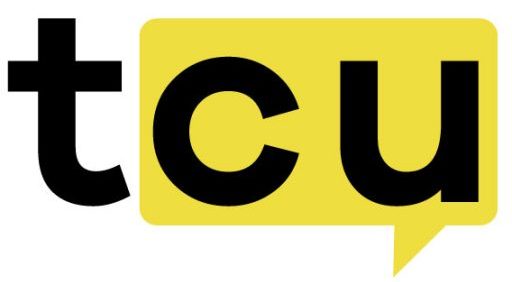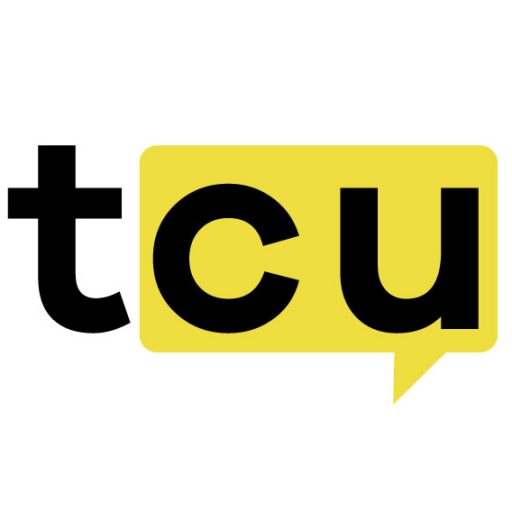Ripple Price Today
Ripple-BTC Price Graph
Ripple-USD Price Graph
Ripple-EUR Price Graph
In the advancing digital age, blockchain has emerged as one of the most promising technologies. Based on the blockchain, the hype regarding digital assets or cryptocurrencies is also on the rise. Be it the transferring of assets or a medium of exchange; the process ensures a high level of security with the help of cryptography. When hearing about cryptocurrencies, most newbies perceive it to be limited to the famous Bitcoin even though it was never a simplified payment machine.
What Is Ripple?
Ripple is a remittance network, currency exchange and a real-time gross settlement system (RTGS). The platform is based on an open source protocol. This facilitates inexpensive and quick transactions. Even though XRP is the platform's very own currency, the users can use RippleNet to create their currencies as well.
About XRP
To represent the value transfer across the Ripple network, a token is used. This token is known as XRP although its usage is not dependent on the Ripple network. Even though via XRP, a payment can be settled in about 3.5 seconds, banks don't find them mandatory to transfer euros, dollars, etc. $0.00001 is the transaction cost on Ripple. An exciting fact states that after the transaction is complete, this amount cannot be replenished as it completely vanishes. This means that the world becomes short of $0.00001 with every transaction! It is designed this way to prevent attacks by spammers.
What is RippleNet?
Ripple solutions are being used by money providing businesses and some banks for providing a network that facilitates hassle free money transfers. The users can create their currencies via Ripplenet. If two parties wish to make a transaction, the system will take care of it by providing the quickest and the cheapest means.
Price analysis
Anyone keeping at par with cryptocurrency news is aware of the fact that as far as performance is concerned, XRP hasn't been at its best. Crypto investors have been a bit apprehensive with the volatility of the currency. But most of the time, the 'less is more' principle applies to the crypto space where limited trading can yield rewarding profits. The last eight months have proven that Ripple has been one of the worst performing cryptocurrencies, yet, the best regarding having massive untapped potential. The $0.3900 resistance saw an upward trend, spiking to as high as $0.4014. Although because of a downside correction, the trading even occurred below $0.3900 levels and the $0.3850 levels. At $0.3669, the formation of a low took place around which the trade kept going on unless it rose to $0.3700. The bearish trend line was broken at $0.3750. The immediate resistance is close to $0.3880 level. The ripple price today is $0.357308 as far as the ripple price used is considered. You can also refer to the ripple price chart for detailed insight.
Present Market Trend
The current market cap of Ripple is $7.7. This indicates that the present XRP supply is near 38.5 billion trading at approximately $0.2 each. From the way things look on the Ripple front, it seems that horizontal trends are back. Not much progress has been witnessed lately. The market cap in total still hovers around 210 billion USD region, thus, indicating a not-so-active day in the crypto market. For the past few sessions, the Ripple network has faced some significant instabilities and continues to hunt for a more streamlined direction. A majority of Twitter users consider Ripple to be the best platform to invest in out of all cryptocurrencies.
The Story of Ripple
The working prototype and the idea of the protocol date way back to 2004 when even the concept of cryptocurrency was an unknown one. But the real actions started in 2012. David Schwartz, Arthur Britto, and Ryan Fugger lead to the onset of Ripple. They came up with the first release in the year 2012. ON 20th February 2018, the latest version was released. Windows, GNU/Linux (CentOS, RHEL, Ubuntu), and OS X operating systems and C++ are used to lay out the code for the network. The first significant time range for Ripple was from the year 2012 to 2013 that involved OpenCoin and Ripple Labs. The onset of the Ripple Transaction Protocol (RTXP) development phase was marked by OpenCoin, thanks to the efforts of Fugger. This made it easier to carry out instant transactions between two parties. By that time, XRP was already created, a digital currency following principles similar to Bitcoin. In the later stages, that is, from 2014 to 2017, Ripple started spreading out to the banking sector, and Ripple labs began to participate in related projects. They also experimented by attempting to facilitate transfers between users via an iOS app. Since the year 2013, Ripple has been one of the significant remittance option to carry out money transfers due to being adopted by a plethora of different financial institutions. Fidor, a German bank was the first to make use of Ripple for overseas transactions at the beginning of 2014. Since then, HSBC, as well as the Bank of America, adopted this approach to quicken transactions.
The Founders of Ripple Labs
Jed McCaleb
Co-founder of Ripple, eDonkey, Stellar, Overnet and an Mt. Gox cryptocurrency exchange, Jed McCaleb is an expert programmer and a well-known entrepreneur.
Chris Larsen
Being an angel investor, Chris Larsen is a privacy activist and a business executive. He is also known as the richest person in the world of cryptocurrency. He is known to bring out various financial services online by initiating startups in this field. One of his achievements includes a lender E-loan by an online mortgage in 1996.
Success Pointers of Ripple
Just like every cryptocurrency, Ripple has pros and cons of its own. Even though the factor of high volatility is present throughout the crypto space, Ripple is much more than a startup that emerged out of nowhere. First look at some success pointers of Ripple that many prompt investors to pool in their funds.
1. Being a payment system that initially operated on a day-to-day basis, Ripple can be considered a safer option than Bitcoin. Also, this has resulted in transactions that occur at a fast pace and are not expensive.
2. With the help of a minimal unified commission, Ripple has the potential to be easily exchanged for various currencies and valuables.
3. Investors don't have to fret over multiple regulatory evaluations and checks as other cryptocurrencies. The reason behind this is that the initiation of Ripple was supposed to be as an official organisation. So, the banking sector is the main area of focus in which it is used.
4. All the Ripple tokens are already in existence and are mined initially. There are no inflations involved.
5. The future of Ripple is bright as if more and more banks start using it as a method of transaction, the value of the XRP token will rise significantly. For all the early Ripple investors, adoption of Ripple by banks as a unified currency for day-to-day transactions can turn out to be extremely promising.
6. Ripple has a higher trust and credibility associated with it as famous banks have adopted the currency in the world unlike most of its counterparts that are merely blockchain startups originating from a no-name company.
7. The Ripple platform has a broad scope for enhanced scalability. The massive financial strength ensures time to time development and upgrades. It engages the most skilled blockchain experts, developers, hackers, software engineers and other professionals, thus maintaining a continuous process of evolution and updating of the usability, reliability, as well as security of the platform.
8. Purchasing and holding Ripple tokens, that is, XRP is a kind of long-term investment since there has been a considerable amount of increment in its traffic.
9. The platform has the potential to handle more than 10,000 transactions in a second. If compared to Bitcoin which can process only seven transactions per second, this feature can be considered a major pro.
10. If you have adopted the technology early, there is a broad scope of massive profits in future owing to the fleeting dream of XRP, one day becoming a global money reserve.
Failure Pointers of Ripple
1. Unlike almost all the other cryptocurrencies, mining is not done as the platform is a centralized one. The entire foundation of blockchain and cryptocurrency rests on the concept of a decentralized system. The investment is close to putting money in a bank scheme and expecting good returns. Since the mining of the tokens is already done, it is in the hands of the developers to decide the release quantity or maybe release nothing at all.
2. Since Ripple Labs own approximately 61% of coins, some monopoly seems to be taking place which can put off investors, not in favour of centralization.
3. Since the platform is open source, chances of a security breach are elevated.
Future Roadmaps
According to an estimation, by 2020, the internet of things will accelerate, thus, prompting the connectivity of more devices with the platform. The concept of the web of value will also be adopted at a tremendous pace. Just as information moves in the present time, the same is going to be true for money in the upcoming years, thanks to Ripple and other similar networks. There is no shortage of problems caused due to the ambiguity created from the end of intermediaries. Most of the banks are also predicted to embrace the blockchain technology, especially Ripple for carrying out foreign transactions smoothly. When the cross-border payments are all smoothened out, it is going to be a win-win situation for both the banks and its customers. Garlinghouse, the CEO of Ripple is a firm believer that in future there is also a promising scope for all these digital currencies to coexist in peace.
Final Words
Unlike instigating a craze for anti-fiat currencies, the goal of Ripple is to save time while carrying out transactions and enhance security, liquidity, utility, and trust. If we talk about a wise amalgamation of a platform as well as a currency, it won't be an overstatement that Ripple has to potential to rule transactions at a global level.

